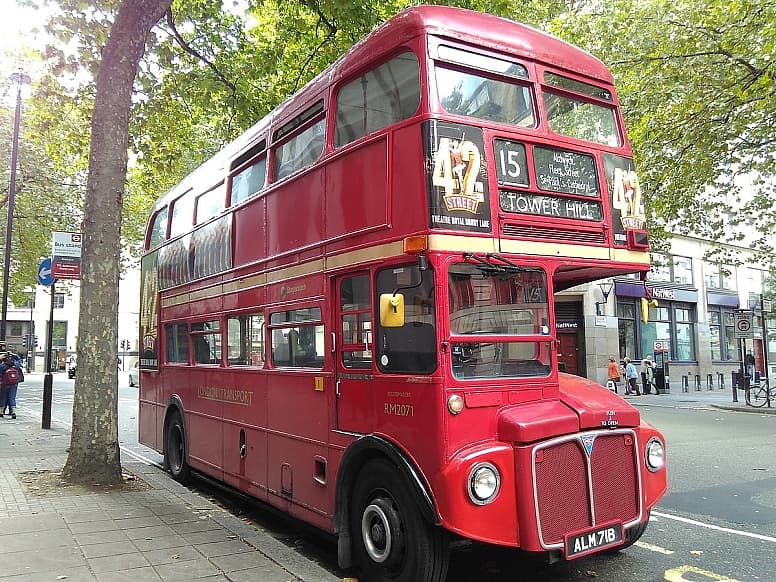Public transport in the USA is not just a means of getting around but an essential part of the country’s developmental history. In the early 19th century, when cities began expanding and the population rapidly grew, the need for convenient and accessible transport became evident. However, the path to modern bus services was a long one, beginning with unusual and primitive transportation methods that became the predecessors of today’s buses.
The Emergence of Omnibuses and Their Role in City Life
The idea of mass urban transport in the USA emerged in the early 19th century. At the time, most Americans moved around on foot or by private carriages. The first step toward creating a more organized urban transport system was made in the 1820s when omnibuses appeared on the streets of New York City. These were large carriages that could accommodate up to 30 passengers. They were horse-drawn and followed predetermined routes, offering city residents a more convenient way of getting around.
Despite their cumbersome nature, omnibuses quickly gained popularity in New York and later in other major US cities, such as Boston and Philadelphia. They provided people with a more affordable alternative for traveling around the city and became an integral part of urban life. Interestingly, during this time, other forms of transport, such as steamships, also began to develop, giving people even more opportunities for travel.
The Transition to Motorized Buses and the Development of Transportation
However, horse-drawn omnibuses could not remain the main form of transport in the growing cities. With the development of technology, it became increasingly clear that there was a need for more efficient and faster means of transportation. At the end of the 19th century, the first motorized buses took the stage.
In 1895, the first internal combustion engine buses appeared in New York. These new vehicles were much faster and more efficient than their predecessors, the horse-drawn carriages. The gasoline-powered buses began servicing the same routes as the omnibuses, but they no longer depended on nature’s forces and could operate 24/7 without the need to change horses.
With the transition to motorized buses, many advantages emerged. They could carry more passengers, travel longer distances more quickly, and serve more remote areas. Motorized buses also became more accessible to the population, as their operation was cheaper than maintaining horses.
The Development of Public Transport and Its Impact on Urban Culture
As motorized buses developed in the USA, a more complex public transport system began to form. Transport companies started to emerge in cities, servicing various routes and creating an entire bus network. This contributed to improving mobility and accessibility for residents, which was particularly important for developing megacities.
Each year, bus systems became more efficient. New roads were built, and new bus models became more comfortable and economical. At the same time, with the development of public transport, new forms of urban services also began to emerge. The number of people using buses to commute to work, go shopping, or attend various cultural events grew significantly.
Interestingly, during the era when the first bus systems appeared, other forms of public leisure also began to develop. For example, the rise of online entertainment, such as online casinos, which emerged many years later, often uses the same principles of convenience and accessibility for users, as is the case with urban transport. In some instances, in search of entertainment and leisure, people began actively visiting magyar online casino, where verified gaming platforms and a wide range of games from leading global providers are available.
The Future of Public Transport in the USA
Today, bus systems in the USA continue to evolve. Modern buses are equipped with the latest technologies, such as eco-friendly engines, GPS systems for passenger convenience, and digital displays showing route information. In some cities, autonomous buses are actively being developed, opening up new prospects for the future of transport.
Thus, public transport in the USA has come a long way, from horse-drawn omnibuses to high-tech buses. The evolution of transportation has significantly impacted the development of cities and culture. Transport has become an integral part of everyday life, and perhaps in the future, we will see new forms of mobility that will be even more convenient and accessible for everyone.
